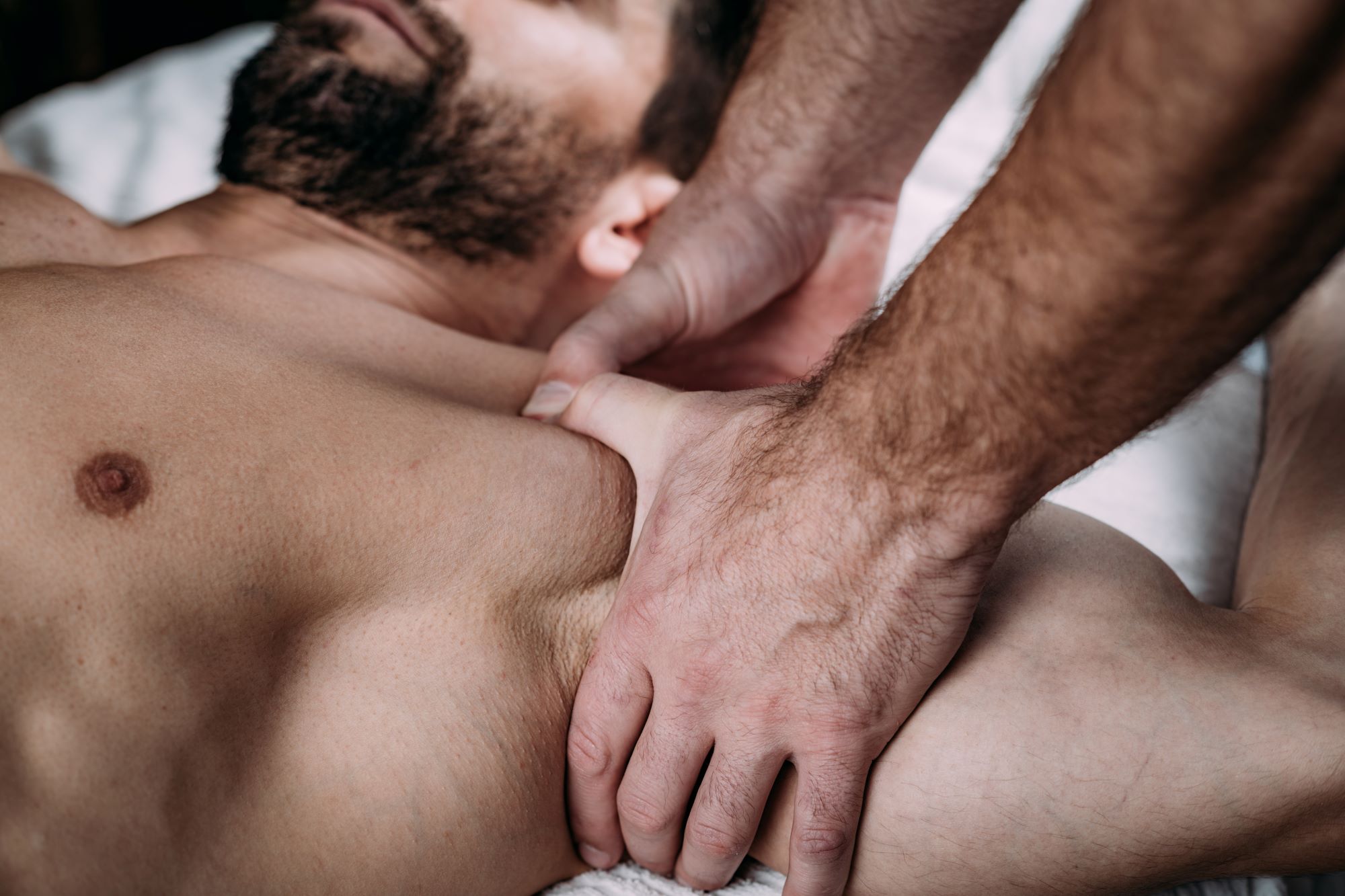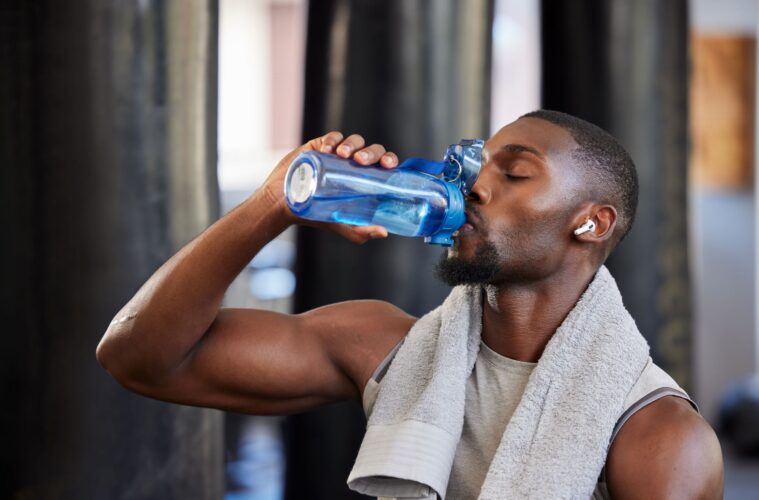
Living a fit and active lifestyle comes with numerous rewards. It can improve your mood and mental health and keep chronic diseases at bay. Meeting your fitness goals can be fun and exciting. However, most active people know moving can be uncomfortable after an intense workout.
Sore muscles can make walking or getting out of bed hard, holding you back from your daily routine. Fortunately, many ways exist to ease pain and speed up muscle recovery after a good workout. This article enumerates some methods you can try.
1. Try Recovery Therapies
From modern solutions such as red light therapy to traditional muscle massages, there’s no shortage of therapies available to help speed up muscle recovery after a challenging workout. Here are some recovery therapies:
- Red Light Therapy
From its name, red light therapy exposes the affected area to near-infrared or red light to improve your cells’ energy production. Increased energy production allows them to work more efficiently, boosting circulation, reducing inflammation, and stimulating collagen production.
Red light therapy can ease muscle pain while improving overall recovery. In addition, experts revealed that light therapy could help grow muscles, making your workouts more effective.
- Steam Therapy
A steam shower after an intense workout allows for faster recovery of muscles by improving circulation. It can also reduce inflammation, boost detoxification, and ensure muscle recovery. It has always been a valued recovery technique among athletes and fitness enthusiasts.
- Salt Bath
Instead of a steam shower, soaking in a warm bath with Epsom salts for at least 30 minutes washes away sore muscles and helps you relax and de-stress. When added to water, Epsom salt breaks down into sulfate and magnesium.
Experts suggest that soaking in an Epsom salt bath lets the skin absorb minerals effectively. Consequently, it helps relax tight muscles, reduce pain and swelling, relieve cramps, and improve overall recovery and performance.
- Massage
Getting a relaxing massage is one of the oldest and most effective ways to reduce muscle soreness. Stimulating the affected area with hand strokes can help improve blood flow, ensuring faster muscle repair and recovery. Massages also help reduce stress and lower fatigue, energizing you the next day.
2. Rest
The best way to recover from a hard workout is to do nothing and take enough rest. It’s well-known that workouts can stress your muscles, damaging the fibers and causing microtears. After a challenging exercise routine, your body works hard to repair and heal these microtears and help you grow muscles.
To help your body, getting enough rest is essential. Instead of using more energy on other things, sleeping allows the body to put more energy towards healing your muscles. As you sleep, the body increases circulation to muscles and tissues, promoting repair and growth. It also reduces your stress hormones which provide internal inflammation relief.
3. Drink More
Any fitness enthusiast knows how important hydration is. And it’s even more critical after a grueling workout. A few hours after exercising, your body works hard to replace and repair damaged muscles and tissues. This causes the body to lose water even if you’re not sweating.
It would help to have plenty of hydration to replenish the water and keep up with the body’s healing process. Increasing your water intake or drinking more natural fruit juices can help compensate for water loss.
Alternatively, you can munch on foods with higher water content, like watermelons, berries, peaches, apples, and oranges. Doing so hydrates your body, helping it recover faster while reducing muscle fatigue.
4. Eat Healthily
Eating healthy foods is critical for better muscle recovery after an intense workout. Also, eating a nutritious and well-balanced meal fuels your body for faster healing. In addition, a healthy diet can make you feel more energetic and robust. It ensures overall health and improves your fitness goals and workout efficiency.
Meanwhile, eating more protein before and after your workout is essential. Protein makes up your muscle fibers. Increasing protein intake gives the body the raw material for repairing muscle damage while maximizing growth. Adding more carbohydrates also helps restore glycogen levels and increase energy.
Takeaway
Although muscle pains are sometimes a part of challenging your body to get stronger, it’s not an enjoyable experience. Sore muscles can cripple you for days, making even the most basic moves uber-uncomfortable.
If you’re experiencing muscle aches after a grueling workout, try the above methods to bounce back faster and keep working towards your fitness goals. You can train your body effectively by implementing more healthy changes into your active lifestyle.
Published by HOLR Magazine.


